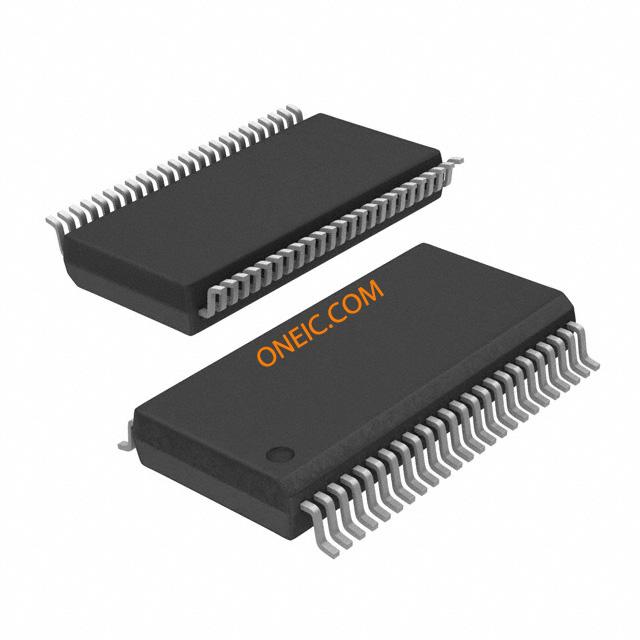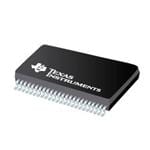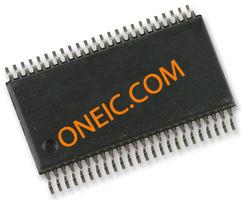MSP430F4250IDLR
Ultra-low-power 16-bit microcontrollers with flash memory for efficient applications
Manufacturer: ti
series introduction
# Introduction to the MSP430F4250IDLR Product Series
## 1. Overview
The MSP430F4250IDLR belongs to the MSP430 family of ultra - low - power microcontrollers developed by Texas Instruments. This product series is designed to meet the diverse requirements of various embedded applications, offering a combination of high performance, low power consumption, and rich peripheral features.
## 2. Key Features
### 2.1 Low - Power Architecture
- **Multiple Power Modes**: The MSP430F4250IDLR features several power modes, including active mode and multiple low - power modes. In active mode, it can quickly execute instructions, while in low - power modes, such as standby and shutdown modes, the power consumption is significantly reduced. For example, in standby mode, the microcontroller can retain its state with minimal power draw, making it ideal for battery - powered applications where energy efficiency is crucial.
- **Ultra - Low Supply Voltage**: It operates at a low supply voltage range, typically from 1.8V to 3.6V. This low voltage requirement not only reduces power consumption but also allows for compatibility with a wide range of power sources, including single - cell batteries.
### 2.2 High - Performance CPU
- **16 - Bit RISC CPU**: The microcontroller is equipped with a 16 - bit Reduced Instruction Set Computing (RISC) CPU. This architecture provides high - speed instruction execution, enabling efficient processing of complex tasks. The 16 - bit data path allows for faster data manipulation compared to 8 - bit microcontrollers, making it suitable for applications that require real - time processing, such as sensor data acquisition and control systems.
- **Fast Clock Speeds**: It can operate at relatively high clock speeds, up to 8MHz. This high clock frequency ensures quick response times and smooth operation of the microcontroller, even when handling multiple tasks simultaneously.
### 2.3 Rich Peripherals
#### 2.3.1 Timer Modules
- **Multiple Timer Options**: The MSP430F4250IDLR includes multiple timer modules, such as Timer_A and Timer_B. These timers can be used for a variety of purposes, including generating accurate time delays, pulse width modulation (PWM) for motor control, and capturing external events. For example, in a motor control application, the PWM signals generated by the timer can be used to control the speed and direction of the motor.
- **Flexible Configuration**: The timer modules offer flexible configuration options, allowing users to customize the timer operation according to their specific requirements. They can be configured in different modes, such as up - mode, down - mode, and up/down - mode.
#### 2.3.2 Analog - to - Digital Converter (ADC)
- **10 - Bit ADC**: It features a 10 - bit ADC with multiple input channels. The ADC can be used to convert analog signals from sensors, such as temperature sensors, pressure sensors, and light sensors, into digital values that can be processed by the microcontroller. The 10 - bit resolution provides sufficient accuracy for most sensor applications.
- **On - Chip Sample and Hold**: The ADC has an on - chip sample and hold circuit, which allows for accurate sampling of the analog input signals. This ensures that the converted digital values are reliable and representative of the actual analog signals.
#### 2.3.3 Universal Serial Communication Interface (USCI)
- **SPI and I2C Support**: The USCI module supports both Serial Peripheral Interface (SPI) and Inter - Integrated Circuit (I2C) communication protocols. This enables the microcontroller to communicate with other devices, such as external memory chips, sensors, and displays,
Images for reference

48-SSOP

Image Preview

Image Preview